ADVANCE DIRECTIVES - YOUR MOST IMPORTANT DECISIONS
According to a Stanford study most physicians would choose a do-not-resuscitate status for themselves when terminally ill but would tend to pursue aggressive life-saving treatment for patients facing a similar prognosis. Creating an Advance Directive and appointing a Healthcare Agent are the two most important steps one can take to increase the likelihood of a GoodEnding.
First some important distinctions. An Advance Directive (AD) is more than a DNR/DNAR (Do Not Resuscitate/Do Not Attempt Resuscitation), MOLST (Medical Orders for Life Sustaining Treatment) or POLST (Physician Orders for Life Sustaining Treatment). A DNR/DNAR is a blunt instrument that directs health care providers whether to perform cardiopulmonary resuscitation. MOLSTs and POLSTs are state-specific forms for people living with advance illnesses. They must be signed by a physician or other specified medical professional, increasing the likelihood that they will be adhered to. (National POLST provides detailed state-specific information.) Advance Directives are deeply personal documents. They can express one’s preferences both more broadly and in more detail than other forms. Electronic ADs can even include personal video messages. Ideally, an Advance Directive or Care Plan should:
Provide guidance covering a broad range of possible scenarios
Offer bright line (e.g. do not resuscitate) as well as nuanced guidance
Identify and link to one’s Healthcare Agent/Proxy
Include organ/body donation directives
Allow one to communicate personal preferences and special instructions (e.g. "I want to be free from pain and prefer to die at home")
Be reviewed at least annually and updated as needed or as preferences change
Be easily accessible – ideally online from multiple devices, including a smartphone, as well as by hospitals and other healthcare providers
Unfortunately, most Advanced Directives kick in when one can no longer communicate and thus may not apply to someone with dementia or Alzheimer’s. Yet, these conditions are likely to rob one of the ability to guide one’s care and alter one’s end-of-life preferences. If your Advance Directive does not include dementia and Alzheimer’s provisions, you can create a Dementia Directive and share it with those who might be involved with your care. A free Dementia Directive form can be downloaded from Advanced Directive for Dementia.
One huge caveat. No form or directive will guarantee that health care workers fulfill your wishes. There are many stories of patients who received aggressive treatment in a moment of crisis despite having a DNR and/or Advance Directive. Appointing a Health Care Agent/Proxy who knows your wishes and will strive to ensure they are adhered to is the best insurance for a GoodEnding.
Advance care planning requires evaluating trade-offs and making choices. We recently discovered a fun way to have “The Conversation”. Hello is a game that provides an easy and fun way to talk about living and dying and what matters most. Below are links to some especially good books, articles and videos that will help you think through your own end-of-life issues and/or help loved ones.
The Art of Dying Well, Katy Butler 2019
As The End Nears, Compassion & Choices’ webinar series about the dying process of several common diseases
Letting Go: What Should Medicine Do When it Can't Save Your Life, Atul Gawande, The New Yorker, July 2, 2010
Being Mortal, PBS Frontline, February 10, 2015
How Doctors Want to Die, Stephanie O'Neill, Southern California Public Radio, August 11, 2015
Advice for Future Corpses (and Those Who Love Them), Sallie Tisdale, Touchstone, 2018
There also are many organizations that can help with end-of-life choices. Below are links to websites offering particularly useful guidance and resources for advance care planning.





MyDirectives makes it easy to create a personal emergency medical directive including information critical to healthcare providers as well as personal thoughts with as much detail as you wish. MyDirectives can also be linked to the iPhone Health App which is accessible even when the phone is "locked". A critical feature in an emergency situation when one may be incapacitated.